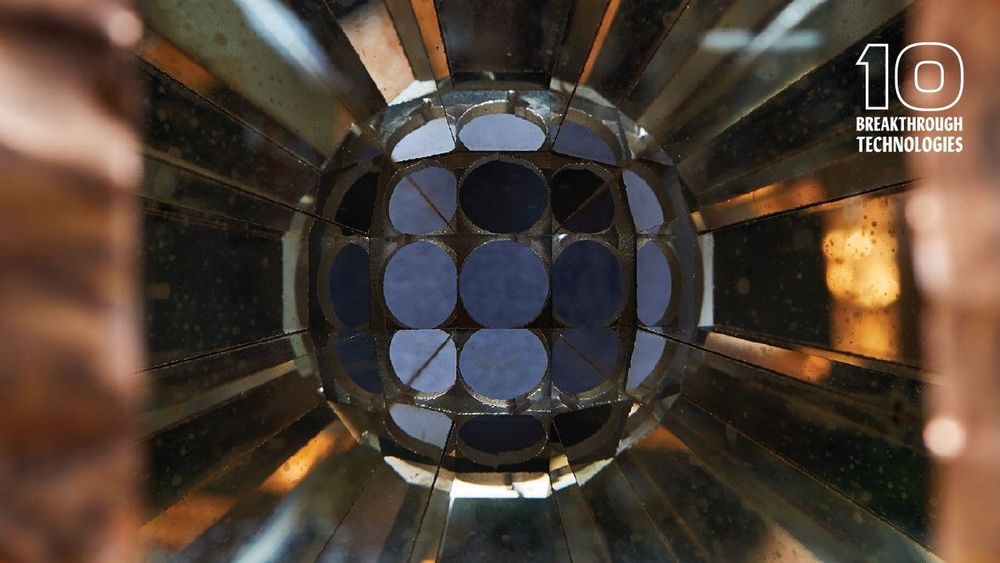What if the wood your house was made of could save your electricity bill? In the race to save energy, using a passive cooling method that requires no electricity and is built right into your house could save even chilly areas of the US some cash. Now, researchers at the University of Maryland and the University of Colorado have harnessed nature’s nanotechnology to help solve the problem of finding a passive way for buildings to dump heat that is sustainable and strong.
Category: sustainability – Page 580
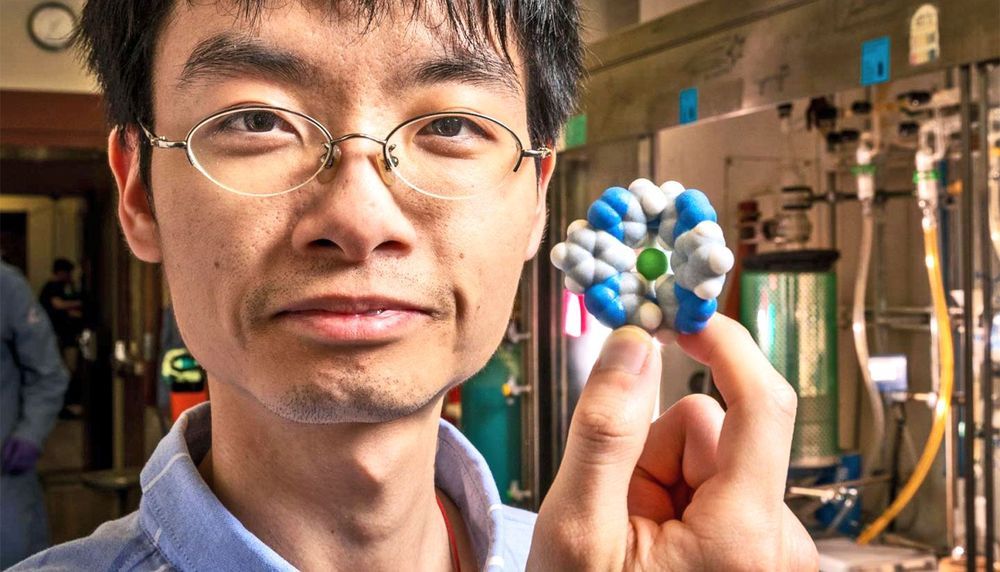

SpaceX Starlink Will Equal Launch Revenue in 2020 and Will Make Elon the World’s Richest Person by 2023
SpaceX has successfully deployed sixty production versions of the Starlink Satellite. They are targeting six Starlink launches through the next six months. Those six launches will place 360 Starlink satellites into orbit. The pace of Starlink launches will increase with six more launches by the end of April 2020. This will enable SpaceX to generate a lot of revenue for service to North America, Europe and Asia. The revenue will be from reducing latency in financial trading communication.
SpaceX and Elon Musk will be made financially secure by 2023 and will have the $20 billion per year budget of NASA. If Elon has a 30X on his 54% share of SpaceX, then with Elon would have 30 times $10 billion in 2024 (50% of $20 billion in 2024). This means Elon would be worth over $300 billion without including any valuation for Tesla.
If Tesla still had any financial issues, Elon would be able to lend money from SpaceX to Tesla by late 2020 or 2021. Elon used Tesla to buyout Solarcity. In 2018, financial analysts speculated that Elon could his SpaceX stake as collateral in a buyout of Tesla. If SpaceX is worth $100 billion late in 2020 and then $200 billion in 2021, Elon would easily be able to fund a Tesla buyout with his $54 billion and then $108 billion of SpaceX (versus about $15 billion today).
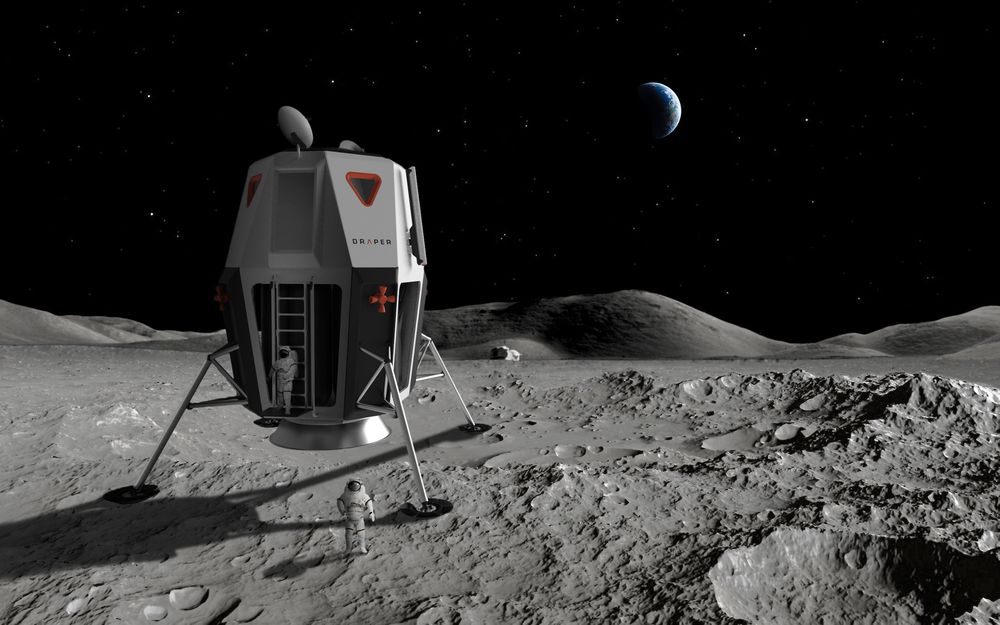
Draper to Advance NASA’s Human Lunar Lander Mission
CAMBRIDGE, MA—Draper is part of five teams selected by NASA recently to conduct studies and produce prototypes of human landers for the agency’s Artemis lunar exploration program. The NASA contracts, which carry a potential value of up to $45.5M, further the agency’s goal to put American women and men on the Moon by 2024 as a step toward establishing sustainable missions by 2028.
When the space agency signaled its intention to partner with American companies on the development of a human landing system in 2018, Draper—with a heritage in human space exploration—participated successfully in the solicitation process in partnership with the five companies. The formal solicitation, to be issued at a later date, will provide the requirements for lander development and a 2024 human lunar landing.
According to NASA, the contracts are intended to “transport astronauts in a human landing system that includes a transfer element for the journey from the lunar Gateway to low-lunar orbit, a descent element to carry them to the surface and an ascent element to return them to the Gateway.”
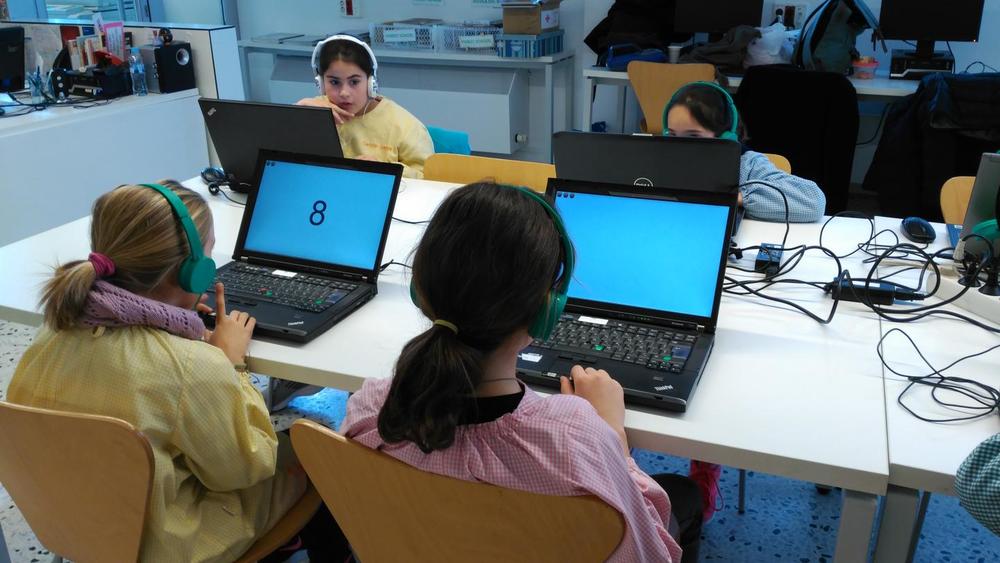
Exposure to air pollution before and after birth may affect fundamental cognitive abilities
A growing body of research suggests that exposure to air pollution in the earliest stages of life is associated with negative effects on cognitive abilities. A new study led by the Barcelona Institute for Global Health (ISGlobal), a centre supported by “la Caixa”, has provided new data: exposure to particulate matter with a diameter of less than 2.5 μm (PM2.5) during pregnancy and the first years of life is associated with a reduction in fundamental cognitive abilities, such as working memory and executive attention.
The study, carried out as part of the BREATHE project, has been published in Environmental Health Perspectives. The objective was to build on the knowledge generated by earlier studies carried out by the same team, which found lower levels of cognitive development in children attending schools with higher levels of traffic-related air pollution.
The study included 2,221 children between 7 and 10 years of age attending schools in the city of Barcelona. The children’s cognitive abilities were assessed using various computerized tests. Exposure to air pollution at home during pregnancy and throughout childhood was estimated with a mathematical model using real measurements.

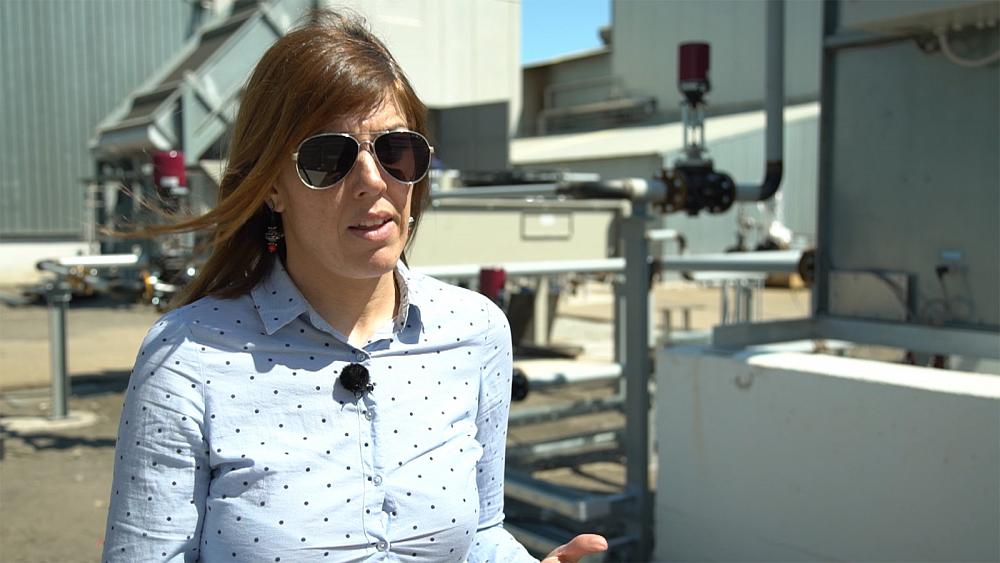


1.5 Million Volunteers Plant 66 Million Trees in 12 Hours, Breaking Guinness World Record
The central Indian state of Madhya Pradesh set a new Guinness World Record on Sunday after 1.5 million volunteers planted more than 66 million tree saplings in just 12 hours along the Narmada river.
The effort bested the state of Uttar Pradesh’s previous record-breaking feat, when 800,000 participants planted 50 million trees in one day in July 2016.
